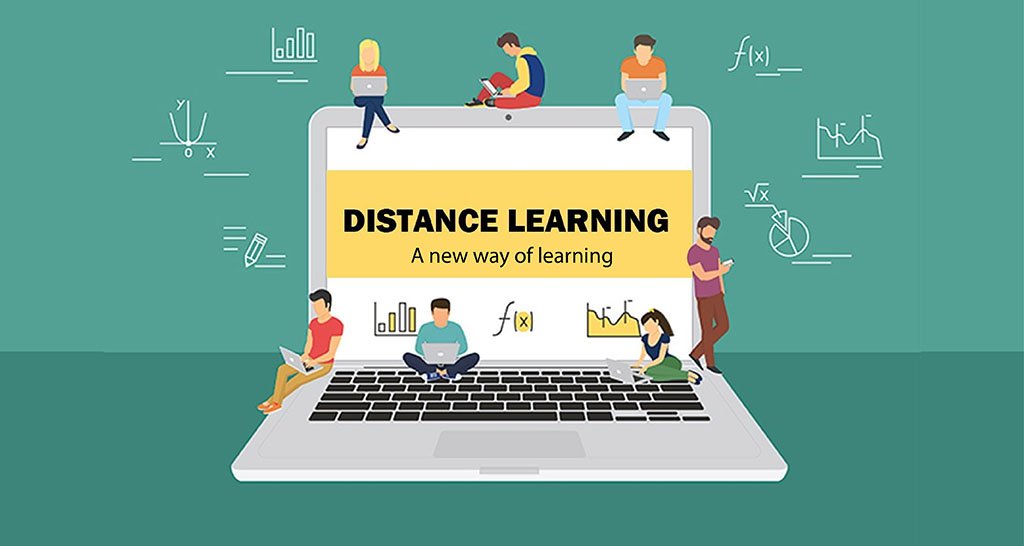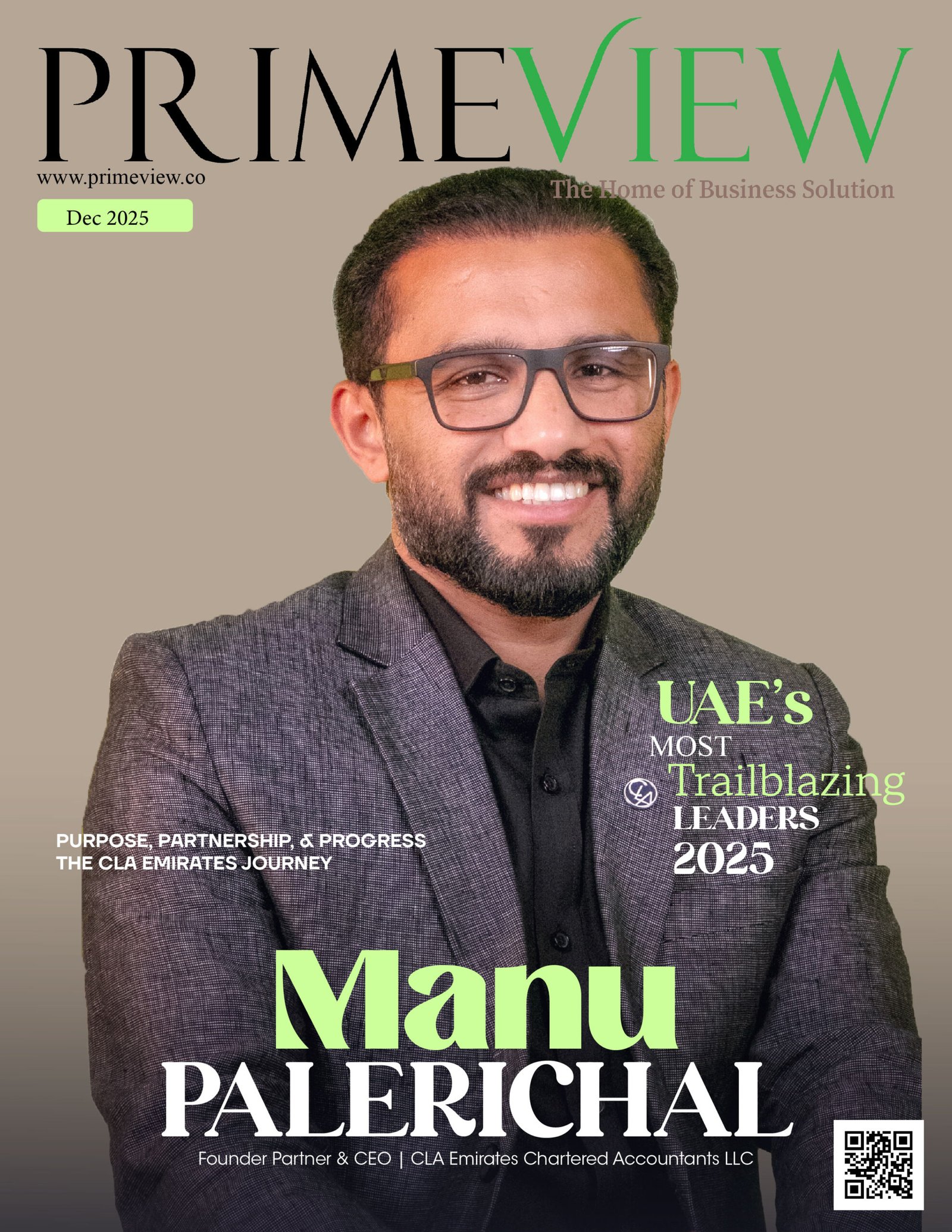The practice of educating students who may not always be physically present at school or in situations where the learner and the teacher are separated by time, and distance is known as distance education or distance learning. It typically involved correspondence classes, where the student wrote letters to the institution to communicate. A technology-mediated modality, distance education has developed alongside other technologies like video conferencing, television, and the Internet. Today, it typically involves online learning, with some technology mediating the learning process. A distance learning program may include online learning or traditional classroom training. Additional approaches include online teaching or distant learning with a corresponding virtual setting (e-learning).
Massive open online courses (MOOCs), which provide open access and large-scale interactive participation via the World Wide Web or other network technologies, are more contemporary forms of distance learning. Several names, including dispersed learning, e-learning, mobile learning, online learning, virtual classrooms, etc., refer to distance education. E-learning is an effective teaching tool. E-learning should be a collaborative process with various learning modalities for all students at different learning levels. The setting of remote learning is an exciting place to pick up new skills, work with others, and maintain self-discipline.
TECHNOLOGIES
Through free educational resources and facilities like e-learning and MOOCs, internet technology has made a variety of distance learning formats possible. The delivery methods for remote education technologies are split into two categories: synchronous learning and asynchronous learning, despite the blurring of the lines caused by the growth of the Internet.
Like traditional classroom instruction, synchronous learning occurs in a virtual classroom with all participants “present” simultaneously. It needs a schedule. Synchronous technologies include online conferencing, videoconferencing, educational television, instructional television, direct broadcast satellite (DBS), internet radio, live streaming, telephone, and web-based VoIP.
Class meetings are facilitated via web conferencing software, which typically includes extra interaction capabilities like text chat, polls, hand raising, emoticons, etc. Students can participate asynchronously using these tools by listening to recordings of synchronous sessions. Immersive settings, particularly SecondLife, have also improved student participation in online classes.
Participants in asynchronous learning can access the course materials whenever it is convenient for them. There is no requirement that students be present at the same time. Asynchronous delivery technologies include voicemail, fax, message boards, e-mail, video and audio recordings, print materials, and letter correspondence, the earliest remote learning type.
You can combine both of these techniques. Periodic residential or day teaching sessions are used in many courses offered by open universities, and an increasing number of campus-based schools to supplement the sessions delivered remotely. Recently, the terms “blended learning” and, less frequently, “hybrid learning” have come to describe this form of blended remote and campus-based education. Under “distance learning,” many open institutions use a combination of technologies and learning modes (face-to-face, online, and hybrid)
BENEFITS
Since distance learning’s flexible scheduling structure lessens the effects of the numerous time constraints imposed by personal duties and commitments, it can increase access to education and training for the general public and enterprises. Shifting some tasks, off-site reduces institutional capacity issues caused by the customary demand on institutional infrastructure and facilities. More courses can be offered. As a result, students can enroll in more of their required subjects promptly and avoid postponed graduation. Also, there is a chance for improved access to additional subject-matter specialists and other students from other social, cultural, economic, and experiential backgrounds. Institutions may profit financially as more people engage in lifetime learning after formal education, and adult business courses may be especially profitable. Programs for distance learning are at least as effective as in-person instruction, especially if the instructor is informed and skilled. They can catalyze institutional innovation.
A more extensive means of communication within the field of education can be offered by distance learning. With the numerous tools and programs that technological improvements have to offer, communication between students and their professors, as well as between students and their classmates, looks to be growing in distance education. There has been an improvement in communication in distance education to give distance education students as many possibilities as possible to have in-person education, notably communication between students and their classmates. With the ongoing technological improvements, distance education is also improving. Modern online communication enables students to connect with recognized institutions and programs that are out of reach for face-to-face instruction.
CRITICISM
Home distractions, unreliable technology, high program expenses, insufficient student-teacher interaction, and a lack of experience, among other things, hamper effective remote learning.
Some students try to participate in distance learning without receiving the necessary instruction or resources to be successful in the program. Training opportunities for each tool utilized during the curriculum must be available to students whenever necessary. An unsuccessful experience may result from a need for more modern technological skills. Schools must implement a proactive strategy for handling technological obstacles. Time management abilities and self-discipline are equally crucial in online learning as a comprehensive understanding of the software and learning resources.
Not all courses needed to earn a degree may be available online. Before a student can graduate from a school leading to a health profession, they must have some patient interaction through fieldwork. Surveys have also revealed that students enrolled in distance education courses for a medical professional graduate degree prefer face-to-face interaction to chat rooms moderated by professors and independent research. Yet, when comparing the past several remote learning methodologies, there is a minimal association between student achievement.
Moreover, institutional difficulties could exist. Given the new distance learning, it might not be easy to win acceptance for these programs in a conventional brick-and-mortar academic learning setting. Also, since many distance learning programs are new and have different organizational requirements than traditional learning programs, it could be harder for the instructor to develop and arrange one.
Moreover, there are still drawbacks to distance learning, even though it gives industrialized nations a chance to learn about the world.
Cultural variations between students and teachers and between students present a more difficult issue for distance education. Remote learning programs are more varied since they can span racial, gender, and religious barriers and geographic borders across regions, nations, and continents. That necessitates thoroughly understanding the conventions, variations, preconceptions, and potentially contentious problems.












